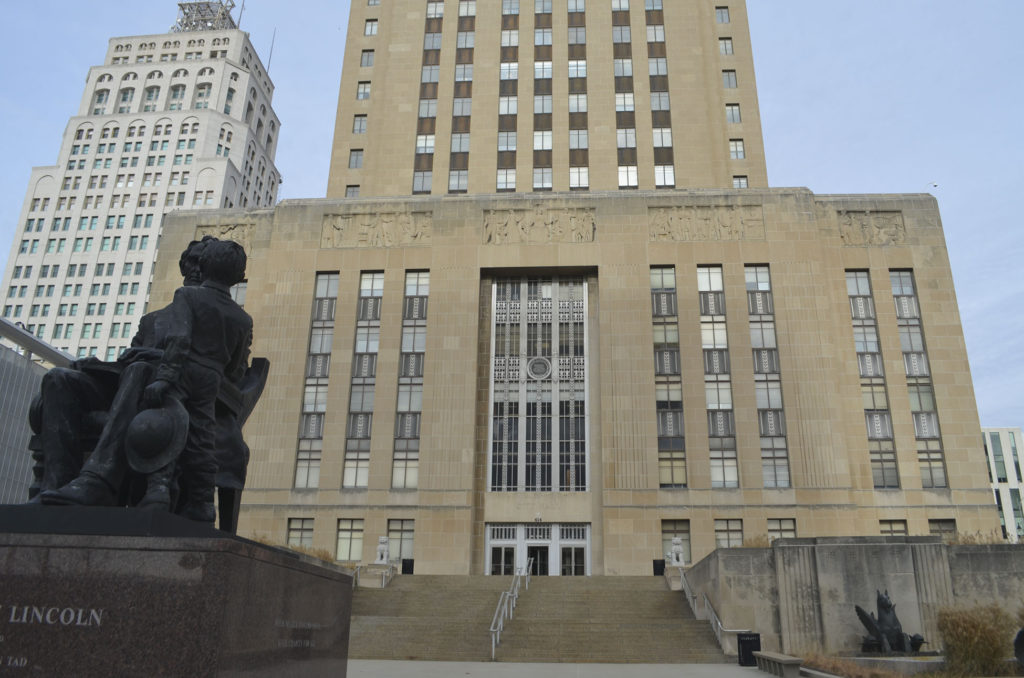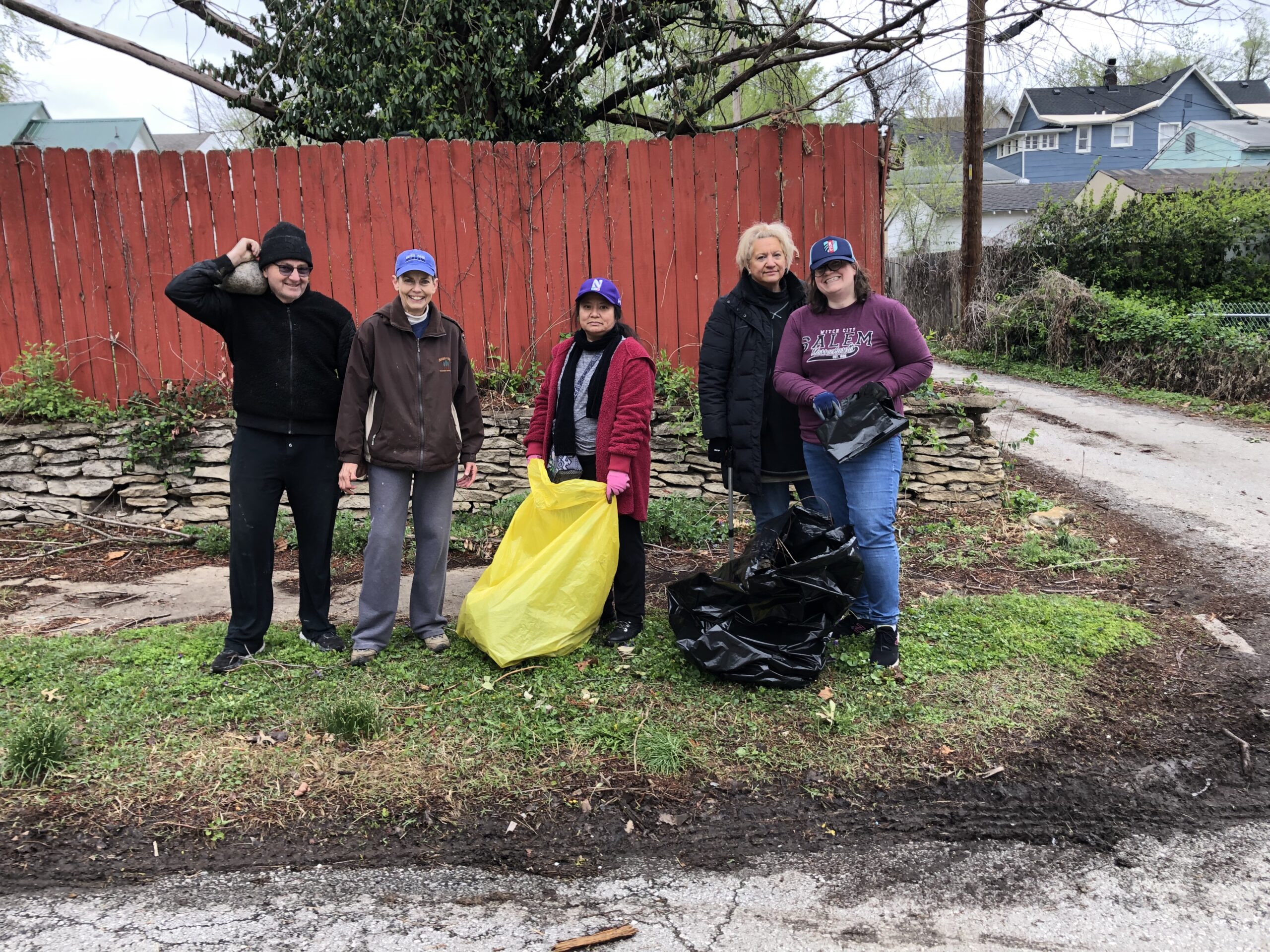Northeast News
December 23, 2016
KANSAS CITY, Missouri – The continuing City Council discussion about a proposed $800 million General Obligation bond authorization grew murkier rather than clearer on Thursday, December 22.
Thursday was to be a pivotal day for the Council’s Finance and Governance and Transportation and Infrastructure joint committee, which has convened each of the past three weeks to hammer out the details of the G.O. Bond. A wrench was thrown into the process earlier this week, though, when bond counsel informed city staff that they would not sign off on the bonds unless the proposal was split into three separate questions on the April ballot.
KCMO Finance Director Randy Landes appeared before the joint committee on Dec. 22 to discuss the three committee substitutes proposed by his department. Under that proposal, $600 million of the funds – or 75% of the total amount requested of taxpayers – would go under one ballot question related to roads, bridges, and sidewalks. The second ballot question would authorize $150 million for flood control, while the final question would call for $50 million to be spent on acquisitions and public buildings, a category that would include the construction of a new animal shelter and renovations at the Kansas City Museum.
Landes acknowledged that he hadn’t anticipated the need to split up the ballot questions, though he added that the projects themselves would remain largely unchanged.
“It introduces a new level of complexity for voters, but we think the whole project still stands on its own merits,” said Landes.
Still wrestling with the ramifications of the bond counsel’s recommendation, the joint committee offered a hodgepodge of ideas for altering the ballot language while simultaneously maintaining the support of more than 57% of Kansas City, Missouri voters.
4th District Councilwoman Katheryn Shields suggested altering the proposed ballot language to reflect that the city will only spend G.O. Bond funds on “the repair and rehabilitation of existing capital infrastructure,” expressing her strong desire to avoid investing the money into new infrastructure construction.
“I feel very strongly that this $800 million, whatever categories we have, ought to be for the repair or maintenance of existing infrastructure,” said Shields.
Both 2nd District Councilwoman Teresa Loar and 3rd District Councilman Quinton Lucas voiced issues with the inclusion of renovations to the Kansas City Museum on the ballot. Lucas advocated removing references to the Museum altogether, while Loar objected to combining the Museum renovations with the proposed construction of a Swope Park animal shelter on the proposed Question 3. Loar proposed potentially including the animal shelter as its own ballot question, and stated that she’d have to confer with project proponents before offering her support for the ballot language as presented.
“I do want to talk to my animal rights people and see if they want to be combined with the Kansas City Museum,” said Loar.
Mayor Sly James painted the recommendation from bond counsel as a positive, noting that the decision helps solve the ballot language issues that the Council had been grappling with over the course of the past month. He further offered his support for a “conservative course of action” that’s in lock-step the bond counsel’s recommendations, with the hope of ensuring that the city won’t have trouble selling the bonds when the time comes.
When 1st District Councilwoman Heather Hall expressed reservations about spending a $600 million chunk of the bond on undefined road, sidewalk, and bridge projects, James cautioned against getting too detailed when defining the proposed scope of work.
“Keep in mind that if you list something in the ordinance, you are absolutely mandated and required to do it,” said James.
Mayor Pro Tem and 1st District Councilman Scott Wagner recognized the difficult task that the Council now faces ahead of the January 24 deadline to submit ballot language for the April 4 election. With the City Council set for a two-week hiatus into early January, there’s a finite amount of time before these ballot decisions must be finalized.
“If we’re still a little fluid, or a lot fluid, after today, we’re really putting ourselves in a bad position at the 11th hour,” Wagner said.
Unfortunately, that’s exactly where the joint committee stood at the conclusion of the session. Although Councilwoman Shields submitted some adjusted language to her colleagues, other Council members remained weary of the proposed alterations. 4th District Councilwoman Jolie Justus took issue with the portion of the Shields proposal which referenced spending bond funds only on city streets that were near major arterial roads. Shields responded that the language was intended to ensure that streets reconstruction remained the top priority in the bond package. She added that due to city standards, the reconstruction could very well include curb replacement, sidewalk repair, or even the installation of bike lanes. Justus remained unconvinced, arguing that her district highly prioritizes sidewalk repair and would prefer to see sidewalks listed separately from streets.
“I have a real concern about limiting the sidewalk piece to the infrastructure improvements to streets,” said Justus.
Mayor James also argued against directing too many resources towards major arterial road improvements. To James, focusing on portions of the city that are already developed could alienate voters in areas with flood control issues, or those who live in neighborhoods that lack of curbs and sidewalks. James stated unequivocally that he wouldn’t support a bond package that didn’t consider citywide needs.
“We could put all of our money into everything; that’s why we’re $6 billion behind in our maintenance,” James said. “Everyone in our city has needs, and they need to be addressed.”
The joint committee is next scheduled to meet on Thursday, January 12, by which time the City Council will have less than two weeks before the January 24 deadline for ballot submission.
















